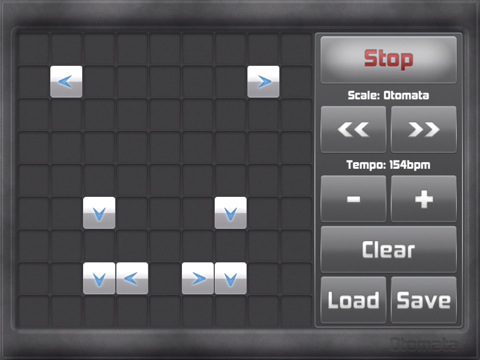

The main thing to construct Finite Automaton is to get the next state from the current state for every possible character. Number of states in Finite Automaton will be M+1 where M is length of the pattern. The above diagrams represent graphical and tabular representations of pattern ACACAGA. the time taken to build the finite automaton can be large if ∑ is large.īefore we discuss Finite Automaton construction, let us take a look at the following Finite Automaton for pattern ACACAGA. The matching time used is O(n) where n is the length of Text string.īut the preprocessing time i.e. These string matching automaton are very efficient because they examine each text character exactly once, taking constant time per text character. Each alive cell has 4 states: Up, right, down, left. Thus, M accepts a string w if and only if ∅(w) ∈ A. It employs a cellular automaton type logic I’ve devised to produce sound events. An input that is not allowed is rejected.Ī finite automaton M induces a function ∅ called the called the final-state function, from ∑* to Q such that ∅(w) is the state M ends up in after scanning the string w. Whenever its current state q is a member of A, the machine M has accepted the string read so far.

If the automaton is in state q and reads input character a, it moves from state q to state δ (q, a). The finite automaton starts in state q0 and reads the characters of its input string one at a time. Δ is a function from Q x ∑ into Q called the transition function of M.

#OTOMATA WEB BROWSER FOR FREE#
#OTOMATA WEB BROWSER FULL#
Full Stack Development with React & Node JS(Live).Java Programming - Beginner to Advanced.Data Structure & Algorithm-Self Paced(C++/JAVA).Data Structures & Algorithms in JavaScript.Data Structure & Algorithm Classes (Live).


 0 kommentar(er)
0 kommentar(er)
